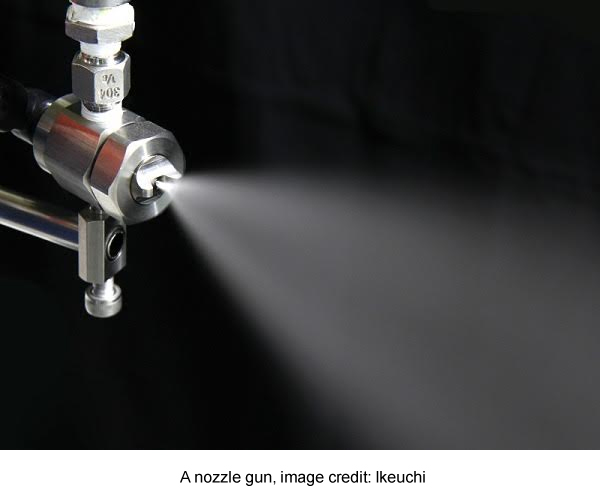Compressed Air System
June 14, 2025
Develop an Efficient Compressed Air System: A Four-Part Guide
Compressed air is one of the most essential and energy-intensive utilities in industrial facilities. An inefficient compressed air system can lead to wasted energy, increased operational costs, and unexpected downtime. For plant managers and engineers, developing a well-integrated and high-efficiency system requires careful planning and management across four critical areas: Generation, Treatment, Distribution, and Usage.
1. Compressed Air Generation: Start with Smart Sizing
The efficiency of your compressed air system begins at the compressor. Over-sizing or under-sizing the air compressor can lead to energy waste or insufficient supply. Best practices include :
- Accurately assess demand: Understand your plant's actual air demand
profile by analysing usage trends and peak loads.
- Choose the right generation pressure: Base the generation pressure
calculation on actual pressure required at demand point while accounting
for expected pressure drops between point of generation and point of
utilization.
- Choose the right compressor type: Centrifugal compressors for heavy
continuous demand, Rotary screw compressors for continuous but smaller
demands, while reciprocating compressors are better for intermittent
loads,
- Optimize load/unload cycles: Variable speed drive (VSD) compressors
can adjust to fluctuations in demand, reducing energy consumption.
- Install multiple compressors: A modular setup allows greater
flexibility and redundancy during maintenance.
2. Compressed Air Treatment: Protect the System and Improve Quality
Untreated compressed air can carry moisture, oil, and particulates that damage equipment and affect product quality. Efficient air treatment is essential. Key components include :
- Air Dryers: Refrigerated dryers suit general applications; desiccant
dryers are used for extremely dry air requirements.
- After coolers: Remove bulk water right after compression.
- Filters: Install particulate, coalescing, and activated carbon
filters in stages to remove solid contaminants, oil and oil vapours.
- Wet and Dry receiver tanks: Wet receivers help reduce moisture before
the dryer; dry receivers provide stable supply after drying.
3. Compressed Air Distribution: Design for Minimal Losses
Once air is treated, it must be distributed efficiently to various usage points. Poorly designed piping leads to pressure drops and energy losses. Key design principles :
- Use looped networks: Looping the distribution lines balance pressure
and allows for maintenance without shutdowns.
- Correct pipe sizing: Size for peak demand, not average flow, to avoid
friction losses.
- Use corrosion-resistant materials: Aluminium, copper, or stainless
steel prevent internal corrosion and contamination.
- Install pressure monitors and drains: Regular monitoring helps detect
leaks and pressure drops; automatic drains remove accumulated moisture.
4. Compressed Air Usage: Eliminate Waste and Control Demand
Even the most efficient generation and distribution setup can be undermined by poor usage practices.
Recommendations :
- Avoid open blowing: Replace it with air nozzles or blow guns designed
for efficiency.
- Fix leaks proactively: A single 3 mm leak can cost hundreds of
thousands annually in energy waste,
- Implement demand control strategies: Use flow controllers and
pressure regulators to match supply with real-time demand.
- Train operators: Ensure personnel understand proper air use and
system limits.
Conclusion
Developing an efficient compressed air system is not about just one piece of equipment, it's about optimizing each stage of the compressed air system. This way, plant managers and engineers can significantly reduce energy costs, extend equipment life, and improve production reliability.
Need help evaluation or upgrading your system?
Contact our engineering team for a comprehensive compressed air audit and customized efficiency solutions.



